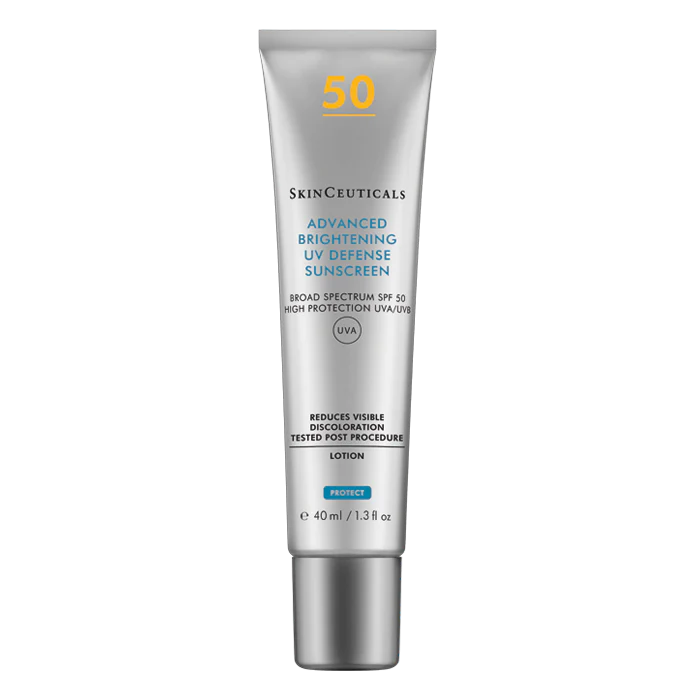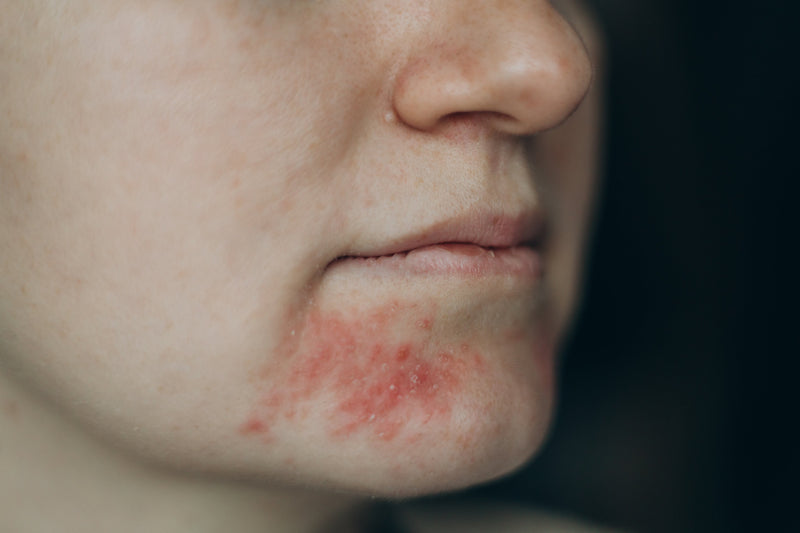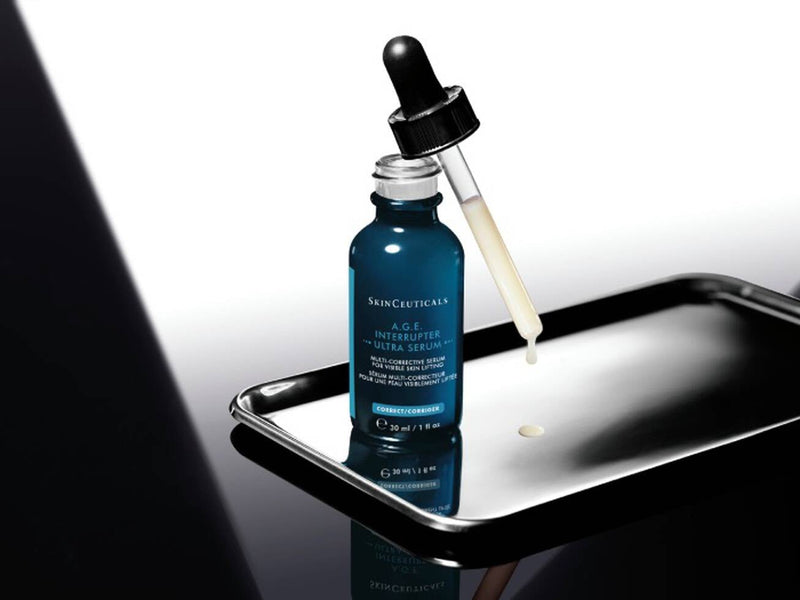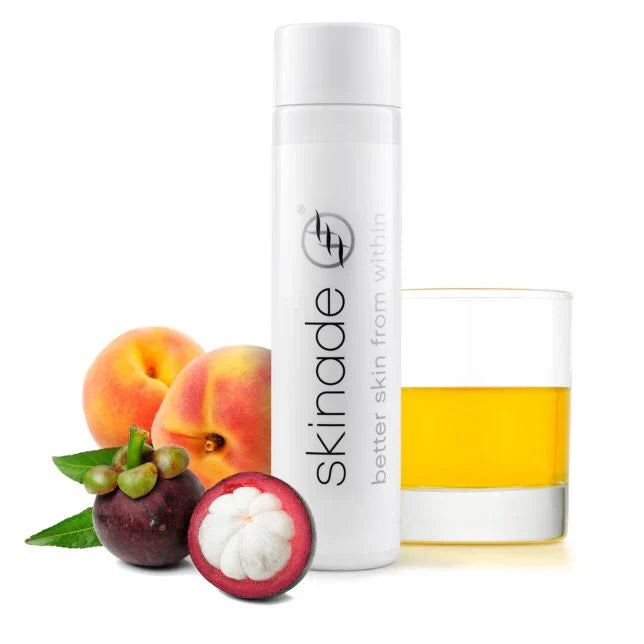What Is Cellular Senescence
Every cell in the body has a lifespan.
Cells divide a limited number of times, and when they reach that limit — or experience too much stress or DNA damage — they enter a state called senescence.
In this state, a cell stops dividing but doesn’t die. It remains metabolically active, releasing a steady stream of chemical signals into its surroundings. These are the senescence-associated secretory phenotype (SASP) — cytokines, enzymes, and growth factors that influence nearby cells.
This is why scientists call senescent cells “zombie cells” — they’re technically alive, but no longer contribute to healthy function, and their secretions can harm surrounding tissue.
Why Senescence Happens
Cells enter senescence for protective reasons:
-
To prevent damaged or pre-cancerous cells from multiplying.
-
To allow time for DNA repair after stress or injury.
-
To support wound healing by releasing growth factors.
However, with age, oxidative stress, UV exposure, pollution, poor diet, and chronic inflammation, these cells accumulate faster than the body can clear them. The result is a persistent low-grade inflammation known as inflammageing.
The Science
Research published in Nature Medicine and Cell Metabolism shows that senescent cells drive tissue ageing by:
-
Releasing pro-inflammatory cytokines (IL-1β, IL-6, TNF-α).
-
Breaking down extracellular matrix, including collagen and elastin.
-
Impairing the function of nearby healthy stem cells.
-
Slowing skin renewal and weakening the barrier.
Animal and human studies reveal that removing senescent cells — through compounds called senolytics (e.g. fisetin, quercetin, dasatinib) or senomorphics that quiet their activity — improves tissue repair, insulin sensitivity, and even hair and skin thickness.
Connection to Skin Health
In the skin, senescent fibroblasts and keratinocytes build up in the dermis and epidermis with age or repeated UV damage. They secrete enzymes (matrix metalloproteinases) that degrade collagen and elastin while preventing new synthesis.
This leads to thinner skin, slower healing, and chronic redness or sensitivity — the visible signs of cellular stress.
Chronic inflammation, oxidative stress, and impaired mitochondrial energy all accelerate senescence.
Conversely, antioxidants, NAD⁺ support, and healthy lifestyle rhythms slow it down by protecting DNA and supporting cellular housekeeping (autophagy).
How to Support Anti-Senescence Pathways
-
Antioxidant Defence – topical and nutritional (vitamin C, E, polyphenols, resveratrol) neutralise oxidative stress before it triggers senescence.
-
Mitochondrial Support – NAD⁺ precursors, quality sleep, and steady energy supply maintain DNA repair.
-
Balanced Inflammation – omega-3s, SPMs, and a healthy gut microbiome reduce SASP signalling.
-
Cell Renewal Stimulus – professional treatments (microneedling, chemical peels, retinol) remove damaged cells and stimulate healthy turnover.
-
Lifestyle – movement, breathwork, and restorative sleep activate autophagy, helping clear cellular debris.
Why It Matters
Ageing is not only a loss of collagen; it’s a buildup of cellular noise.
Zombie cells whisper inflammatory messages that age the skin from within.
When we calm inflammation, feed mitochondria, and support natural cell clearance, the skin — and the body — regain a younger pattern of repair.
Building an Anti-Inflammatory Foundation
Inflammation isn’t the enemy; it’s the body’s repair language. The challenge is when that language never quietens. These daily choices help keep the signal balanced.
Vitamin D₃ and K₂ – The Immune Modulators
Vitamin D₃ regulates over 200 genes involved in immune control and cell repair. Deficiency is linked with increased inflammatory cytokines and slower wound healing.
Vitamin K₂ partners with D₃ to guide calcium into bones and away from arteries, reducing vascular inflammation. Together they support cardiovascular, bone, and skin health.
Omega-3 Fatty Acids – The Fire Coolers
EPA and DHA from oily fish or algae convert into specialised pro-resolving mediators (SPMs) — molecules that end inflammation once healing begins. Adequate intake lowers IL-1β, IL-6 and TNF-α, helping calm acne, eczema, and rosacea from within.
Hydration – The Transport System
Water carries nutrients, flushes metabolic waste, and maintains cellular volume. Mild dehydration thickens sebum, slows lymphatic drainage, and impairs collagen turnover. Aim for steady intake throughout the day, not large surges.
Varied, Natural, Multicoloured Diet – The Antioxidant Matrix
Different plant pigments (polyphenols, carotenoids, flavonoids) act on distinct inflammatory pathways. A “rainbow plate” provides broad antioxidant coverage, fuels beneficial gut microbes, and improves mitochondrial efficiency — the powerhouses behind cell repair.
Breath Work – The Anti-Inflammatory Switch
Slow, diaphragmatic breathing activates the parasympathetic nervous system via the vagus nerve. This lowers heart rate, cortisol and inflammatory cytokines, and improves digestion and skin perfusion. Even three minutes of slow exhalation can reset nervous-system tone.
Nature Exposure – The Microbial Reconnection
Outdoor air, soil and plant microbes diversify the microbiome. Studies show time in green spaces reduces cortisol, blood pressure and systemic inflammation while increasing natural killer-cell activity and mood-stabilising neurotransmitters.
Exercise – The Inflammation Regulator
Regular moderate movement lowers baseline inflammation by improving insulin sensitivity and muscle-derived anti-inflammatory cytokines (IL-10). Excessive, high-intensity training without recovery can do the opposite; balance is key.
The Vagus Nerve – The Communication Bridge
The vagus nerve links brain, gut and skin. When it’s activated — through breath work, gentle movement, laughter, singing, or massage — it signals the body to shift from fight-or-flight into rest-and-repair mode. This single pathway can suppress overproduction of IL-1β, IL-6 and TNF-α.
Why It Matters
Inflammation management isn’t about avoiding triggers; it’s about creating resilience. Nutrients, rest, light, breath, and calm all feed into the same network that governs how the skin heals, how energy is produced, and how we age.
When those fundamentals are steady, advanced treatments, supplements, and skincare perform better — because the body beneath them is balanced.



















































